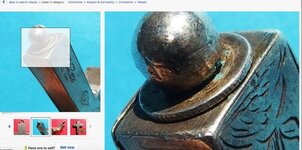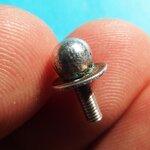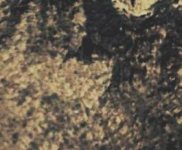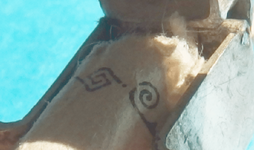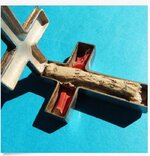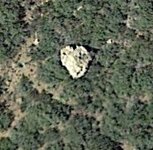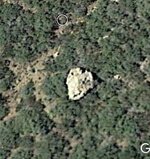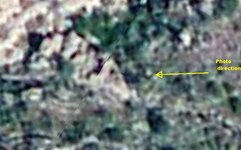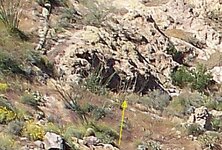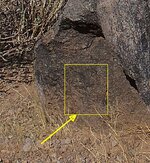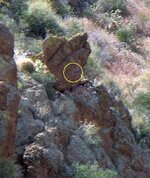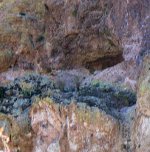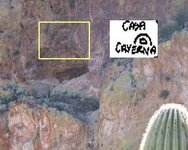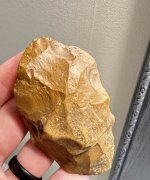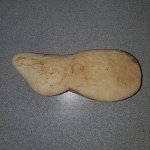somehiker
Silver Member
- May 1, 2007
- 4,365
- 6,426
- Primary Interest:
- All Treasure Hunting
Not sure what you mean by separate pieces, but the attachment ring and ball at the bottom would have been added to the cross after it was shaped.
Looks a bit rough at the upper end of the "IHS" side, so may have started out as a casting, and plenty of filing/sanding marks visible on both surfaces.
I doubt any craftsman would leave such a piece covered in "hammer marks", even if one were used to further shape a rough casting.
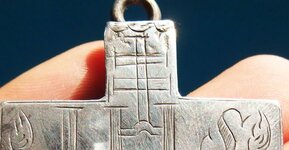
Further....the symbolism used helps to identify a likely source as well..... (Cross of Lorraine) France.
Looks a bit rough at the upper end of the "IHS" side, so may have started out as a casting, and plenty of filing/sanding marks visible on both surfaces.
I doubt any craftsman would leave such a piece covered in "hammer marks", even if one were used to further shape a rough casting.

Further....the symbolism used helps to identify a likely source as well..... (Cross of Lorraine) France.
Last edited:


